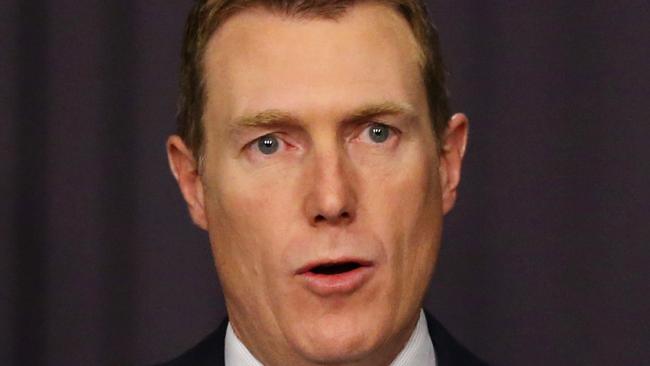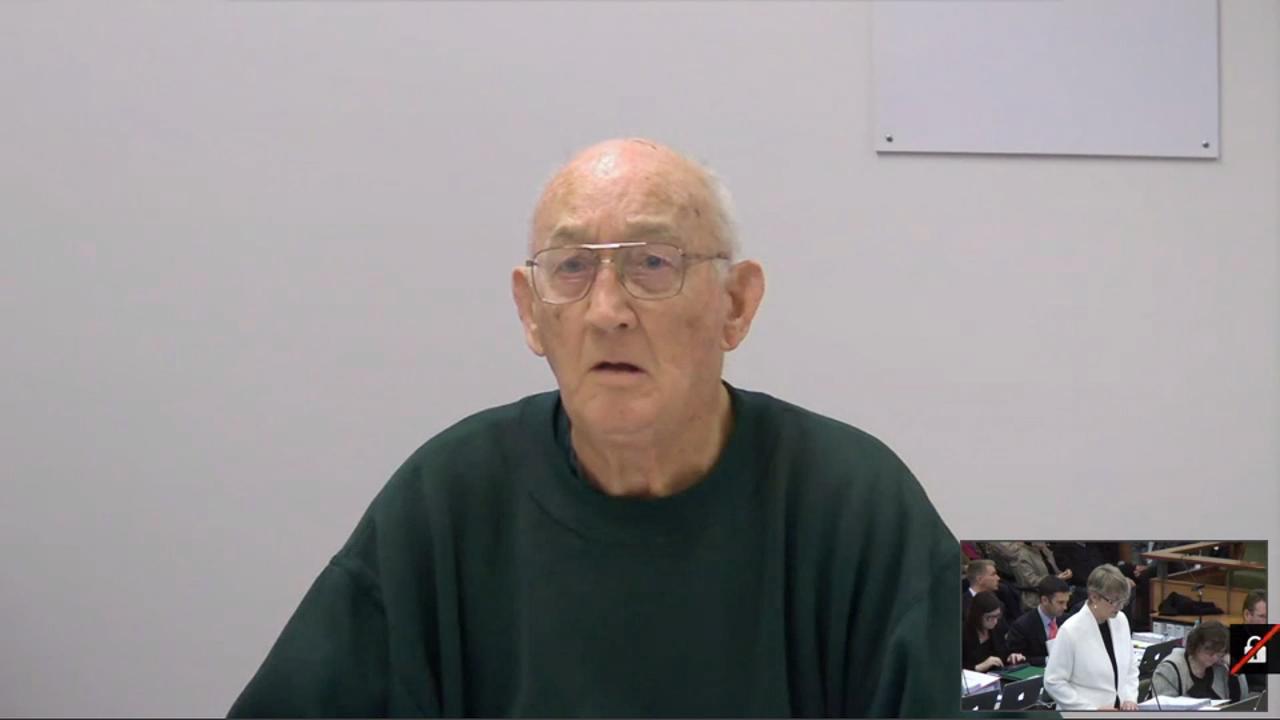Child abuse compensation ‘tidal wave’ feared
The national child abuse redress scheme allows for half the payment urged by the royal commission.

The Turnbull government’s child abuse redress scheme will provide a minimum compensation payment half the size recommended by the royal commission but it will broadly support a victim-friendly framework that institutions fear will spark a “tidal wave’’ of claims.
Confidential draft legislation reveals compensation payments of between $5000 and $150,000 — both below commission recommendations — as Canberra attempts to woo the states, territories and abuse institutions to opt into a $4 billion national scheme. The draft bill has been circulated to the states, and insiders believe the government will set a low bar for proving claims as part of the drive to prevent re-traumatising victims, of whom an estimated 60,000 will seek redress over the next decade.
The government has left open the option of extending the scheme after 2028 as institutions express fears that the private sector will reject a government push to have a lower standard of evidence than that normally required by the insurance industry.
The Australian understands the draft legislation has been used by the commonwealth to negotiate with stakeholders. It factors in long-term psychological care for victims. It will also force multiple organisations to pay compensation if necessary.
The royal commission’s redress and civil litigation paper backed a minimum payment of $10,000, advice that has been rejected by the government in the draft legislation. It has cut the maximum payment from $200,000 to $150,000. The maximum was previously announced by Social Services Minister Christian Porter.
The commission estimated the average payout should be about $65,000. Of its mooted $10,000 minimum payment, it had urged: “It is large enough to provide a tangible recognition of a person’s experience as a survivor of institutional child sexual abuse while still ensuring that a larger relative proportion of total payments is not directed to those who have been less seriously affected by abuse.’’
While the draft legislation is open for negotiation, it would be unlikely any of the major stakeholders at government and institutional level would argue for a higher minimum payment.
The Australian understands the draft bill includes provisions for a direct personal response from offending institutions if the victim chooses. This would compel institutions to sit down with victims and discuss the abuse as part of their rehabilitation. It also includes a requirement that victims receive ongoing counselling and psychological care.
The bill sets out a 10-year scheme that locks in governments — state and federal — to massive payments, including making multiple entities responsible for some offending. This could mean a victim who was a state ward, for example, but who was abused in a non-government school or orphanage could have more institutions judged to be at fault. Their payment would still be capped at $150,000.
Each mainland state government wants more information about how the scheme will work, including how payments will be calculated. It will hit NSW and Victoria hardest as the nation’s chief population centres.
Abuse advocate Leonie Sheedy, of Care Leavers Australasia Network, called for all governments to opt into the national scheme. “These were crimes against children ... and they need to opt in,” she said.
Broken Rites spokeswoman Chris MacIsaac said: “This attempt at an independent redress scheme must put the victims first. The scheme must confront and acknowledge the damage and send a strong message that victims are understood.’’
The federal strategy also sets the scene for bitter fighting between religious and other organisations with their insurers.
Insiders believe there will be a lower evidentiary bar than insurers are normally prepared to accept, which would leave organisations to pick up the entire bill rather than benefiting from insurance cover.
Mr Porter has been consulting the states and ecumenical groups for months on how the redress scheme will work, including the critical issue of funders of last resort, which refers to compensation to victims from entities that no longer exist or have gone broke.
The main non-government bodies affected by the government policy insist they are facing deep budgetary uncertainty, with some smaller bodies fearing being forced out of business.
“There will be a tidal wave of people putting their hands up for compensation,’’ an insider said.



